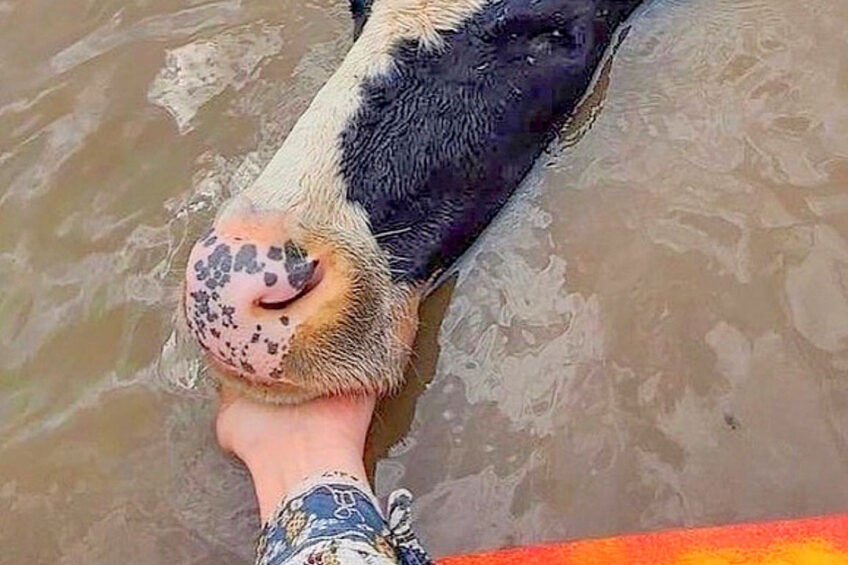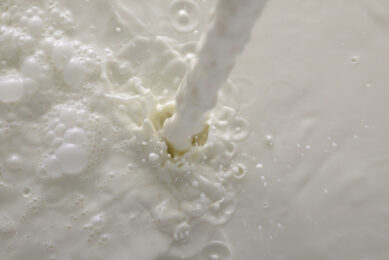Dairy farmers hit by flood disaster in eastern Australia

Another climatic disaster has hit eastern Australia, this time in the form of heavy rains that have caused dramatic flooding affecting 3 states.
Dairy farmers in the regions have lost thousands of cattle, many of which have been swept away by the currents and their carcasses washed up on beaches and town areas. A weather system affecting 3 states, all the way from southeast Queensland down to the New South Wales border with Victoria, thrashed the regions with up to 900mm of rain. Meteorologists have described this as a 1 in 100 up to a 1 in 200 year event.

Disaster
Farmers in eastern Australia are only recovering from severe drought which hit them hard last year. This latest disaster will put a huge pressure on them financially and mentally. As well as the cattle lost, farmers have also lost their fodder supplies and for those that managed to move cattle to higher ground, they have little left to feed them with.
NSW dairy farmer Douglas Johnston had just finished milking for the day when the floodwaters rose so fast that he and his family became trapped in the dairy. The third-generation farmer had only managed to come out of the debt his business encountered during the drought. Now he doesn’t know how if he can survive another disaster.
He said: “We were devastated during the drought; we were probably down to our last couple of months. We couldn’t have survived much longer.
“We’ve only just gotten ourselves out of debt from the drought, and now the flood has hammered us. I don’t know how we can carry on.”
After losing a lot of cattle in these floods, Douglas doesn’t know how he can feed the ones that survived. An online page has been set up to help raise cash for Douglas to help him out.
I just had absolutely no hope being able to rescue them before the flood came in. It just came so fast and furious. I’ve had to remove all my cows from the property to higher ground, and now I’m going to have to make the big decision to cull very heavily.”
At Jones Island, north of Taree in NSW, Rachel and Sam Nicholson have also been forced to shift cattle to higher ground while watching their farm and milking parlour fill up with water. “It’s devastating watching your hard work float past you,” said Rachel. “We put them on our highest ground, but at the end of the day it was not high enough, they are still walking in water up to their bellies.
“We’ve been on this farm for 5 years and have not experienced a flood, we didn’t expect this, it came up so quickly. The whole farm is under water, we are an island,” she added. Mrs Nicholson said they had lost their winter feed supply for the cattle and were still counting how many cattle they had lost.
Another farmer, Peter Bowie from Mondrook, has lost 180 cows and a house on the mid north coast. He said: “The cattle are worth as much as $360,000 (US$ 272,000) in the current market, so losing the house in the floodwater was pretty secondary.
Cows have ended up all over the place around Taree, on the street, in the primary school, people’s backyards, and we know some of those cows are ours.”
Kempsey Shire councillor Sue McGinn has been a dairy farmer for almost 3 decades and said this was the worst flood she has experienced. Mrs McGinn said the land strip they were on was getting narrower as the water rose but was very thankful they had not lost any cattle. She was also very glad they had enough fodder to feed her cattle and was very sorry for those other farmers who did not.














